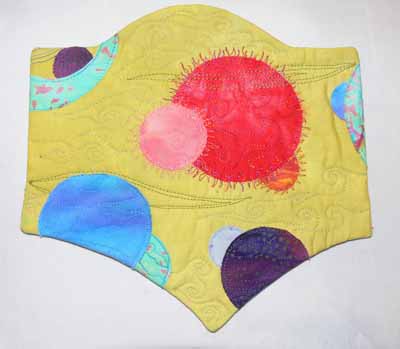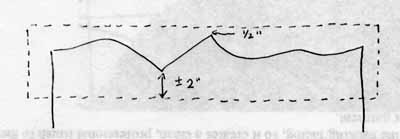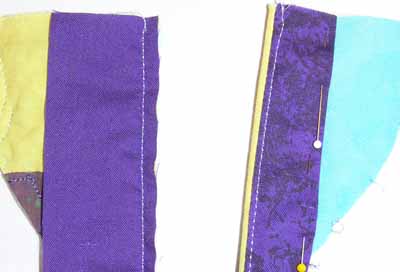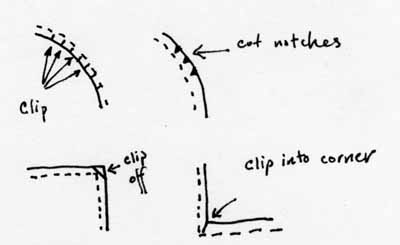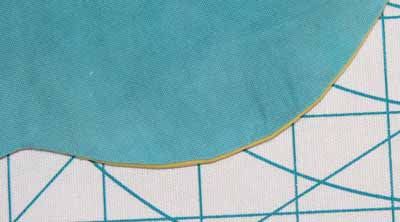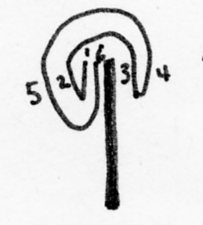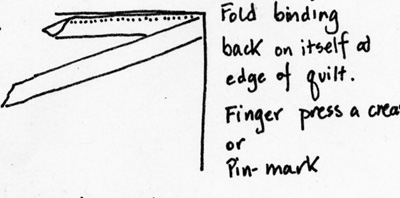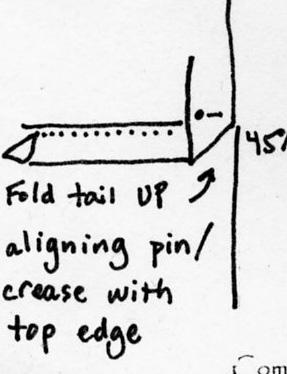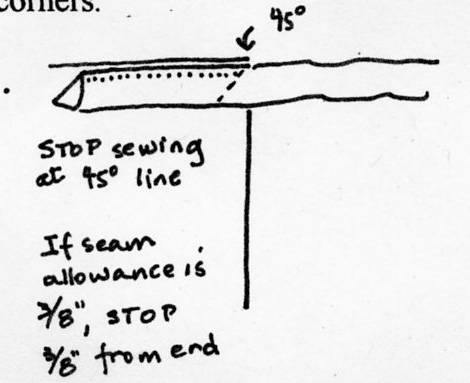Joshua, 7/21-22
Sunday, July 22nd, 2007The quilty portion of today’s blog is that I finally began the introduction (which often gets written after the rest of book, as in this case since most of it is in first or second draft) to my book on thread on the drive home from the hospital (it is 60 miles each way, and instead of pouring it was glorious summer in Maine) and it is coming clear in my mind! So when I can finally re-focus on work, I will have a bit of a head start. Believe it or not, the quotes I plan to use are from Twyla Tharp and Stephen King…how’s that for eclectic?
Joshua is making progress; as usual, it is several steps forward, one back, repeat process. Yesterday he ended up having to have the blood transfusion. His hematocrit and hemoglobin levels were SO low that he was in the critical range. We were talking to the nurse about it today and she said she’d think long and hard about giving her kid a transfusion, too, but with levels as low as Joshua’s had become, there wasn’t even a question. It was a “DO IT”. So that helps. He did improve quite a bit…not so pale or groggy. Here’s the poor kid at the end of the second unit of blood: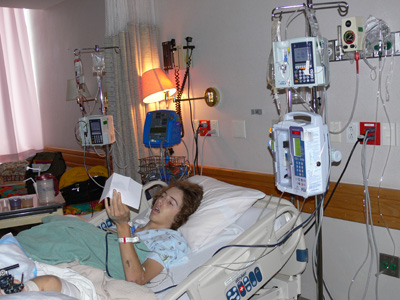
This morning he had his FOURTH surgery in six days! The first, Monday, was to stabilize the leg. The second, Wednesday, was to set everything. Friday and today were to change the dressins and clean the incisions (hope that last link in the previous post didn’t freak anyone out! even my normally unflappable hubby who has assisted in veterinary surgery said “oh that was gross!”). Today they were able to put a few sutures at the ends of the long incisions, and hope to be able to close them if the swelling goes down enough on Tuesday. I guess once that happens, he will get to stand up and try to get mobile. Plus, today they changed the pain meds (for those who know more than I, from Fentenol to Dilaudid, and that seems to have helped a ton….apparently he ate a LOT of supper…hoooray!). Maybe home over next weekend????
Then, Paul will reschedule his rotator cuff surgery!!!!!

